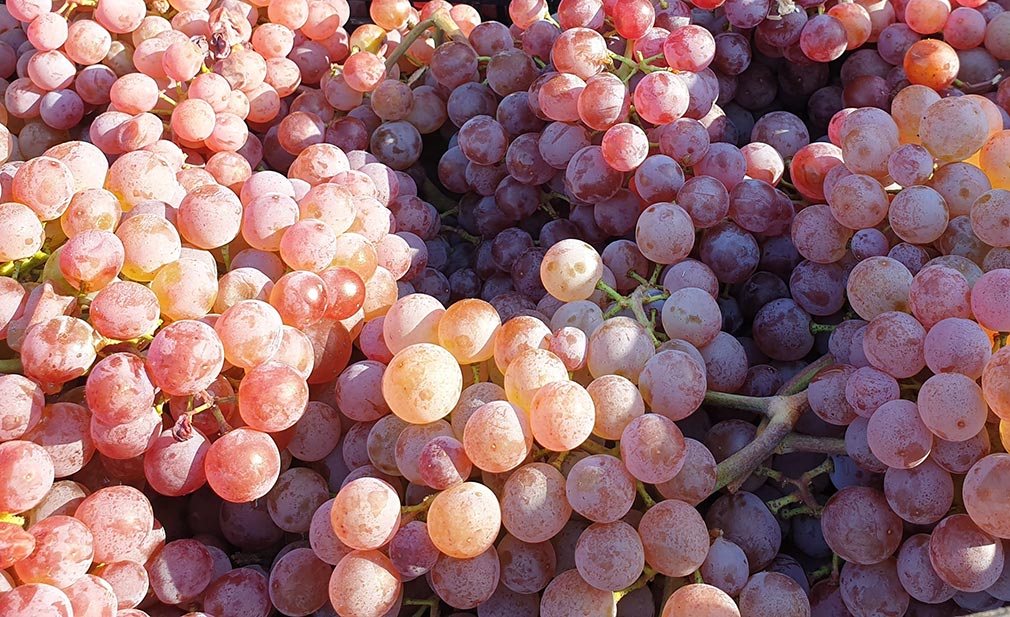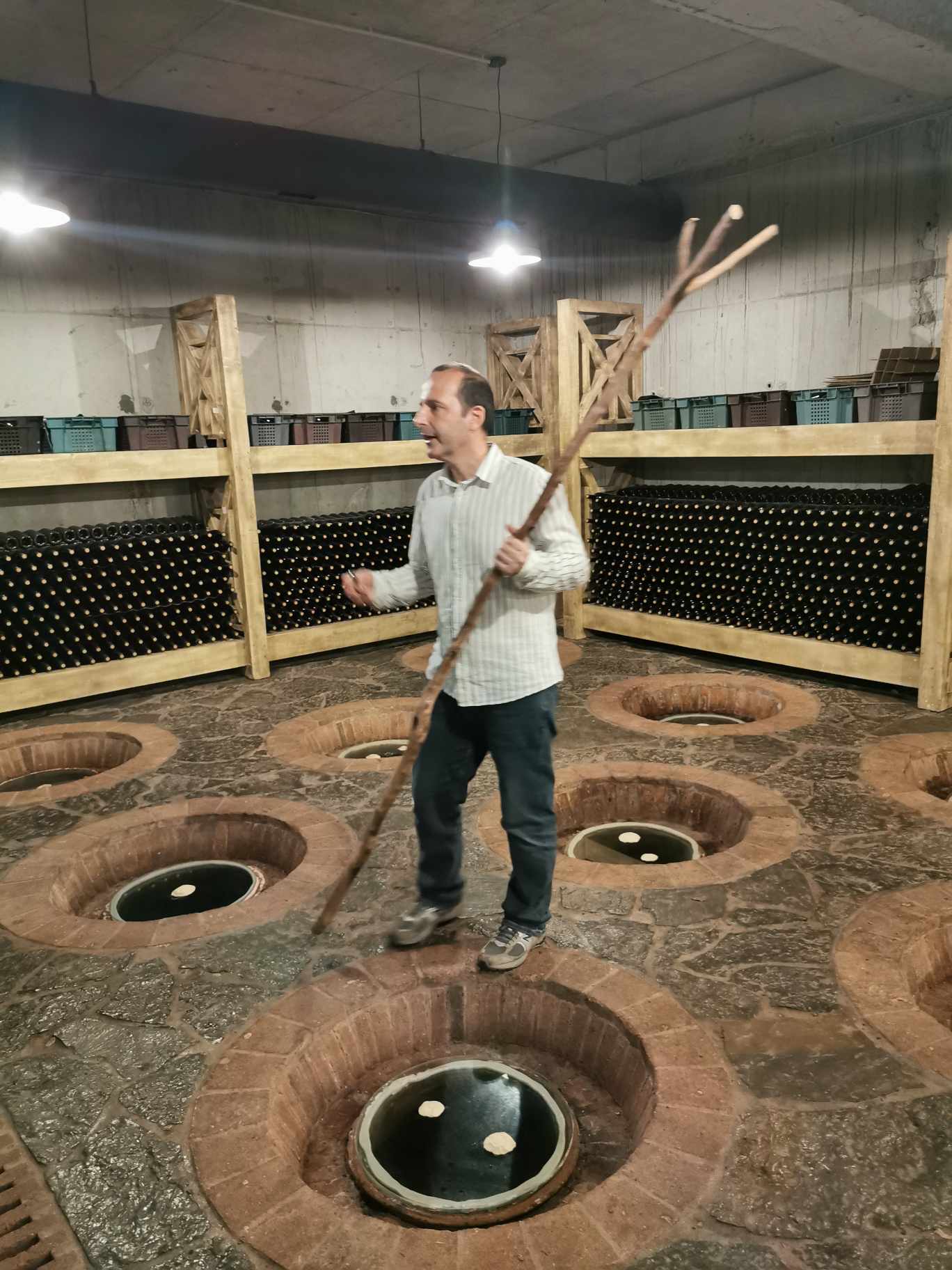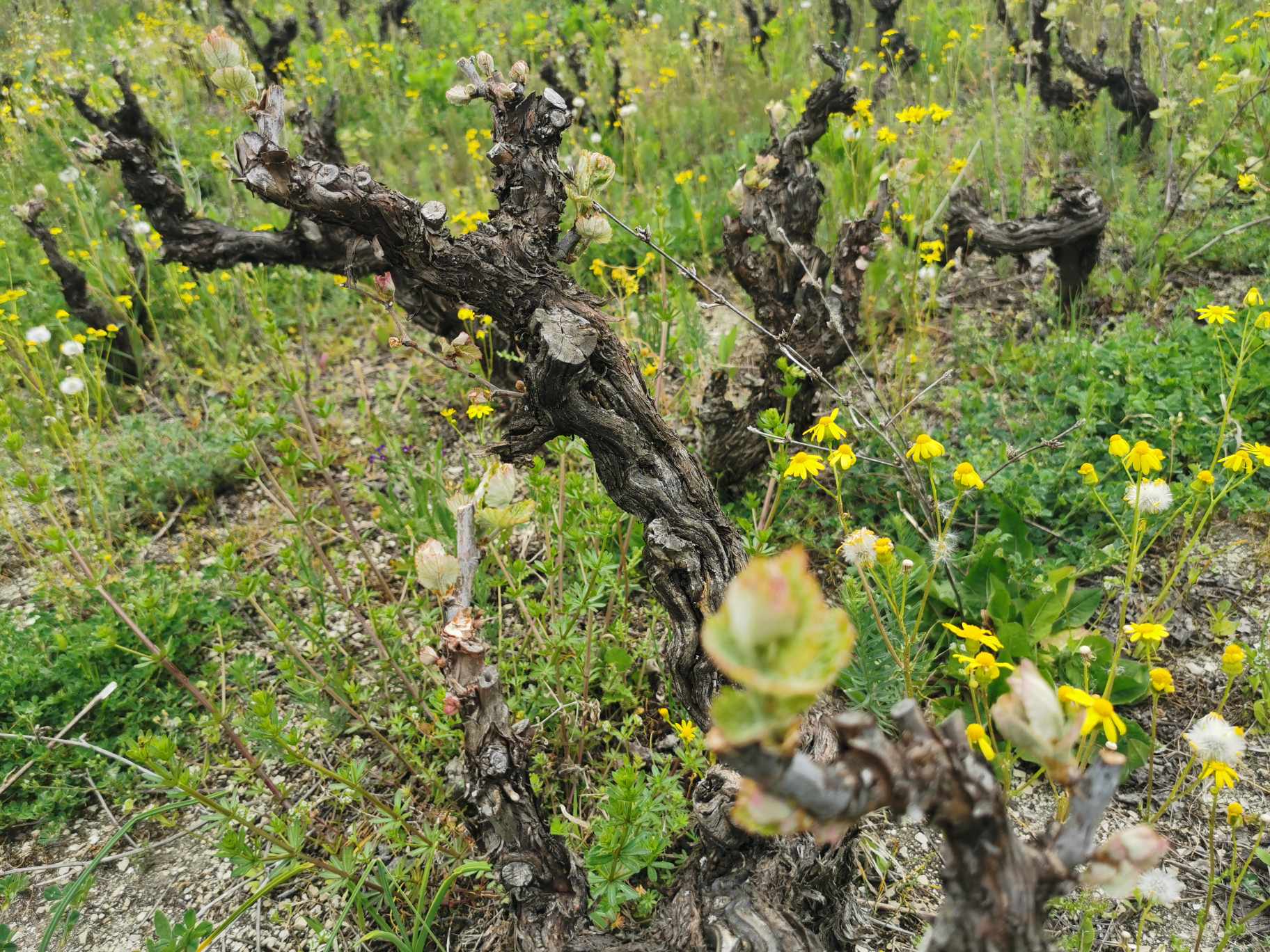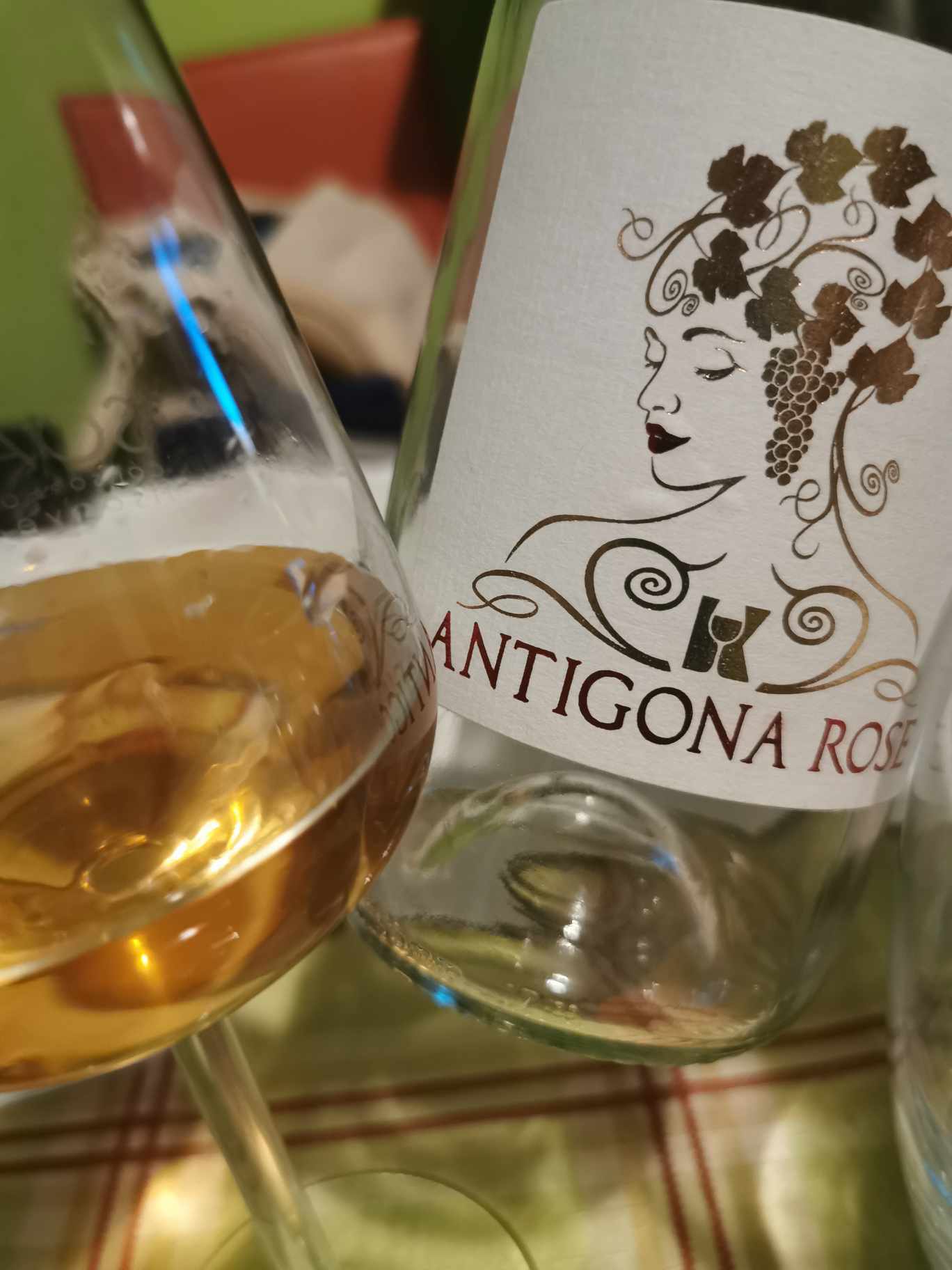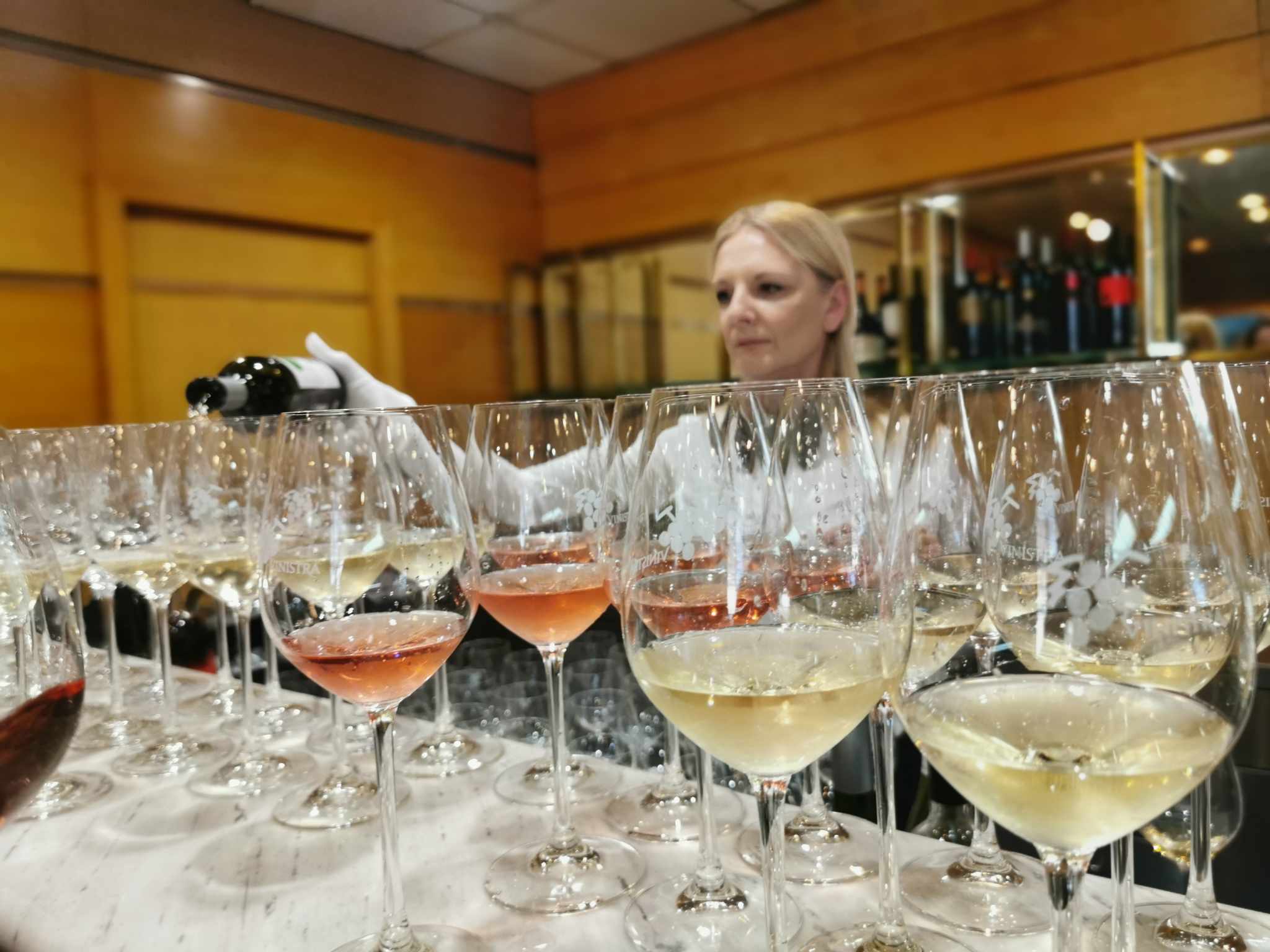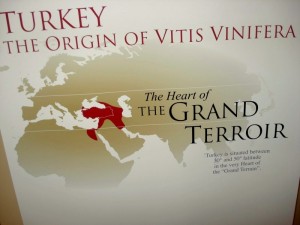
For the first time in the history of EWBC, Serbia has joined the list of 40 countries which participate in the most important conference of wine bloggers, wine writers, social media managers in the domain of wine industry, wine critics and connoisseurs.
The European Wine Bloggers Conference was held for the first time in 2008, in La Rioja (Spain) with a goal to establish global wine communication and spread wine culture, contribute to improved wine industry standards and enable efficient exchange of ideas. Ever since then, this conference has been held every year in another country (More info about the conference
http://ewbc.vrazon.com/ ) Serbia hasn't participated so far, and concerning countries of the region, Croatia and Hungary took part twice, whilst Austrians participated three times in EWBC conferences.
This year, Serbia was represented by Tomislav Ivanović, author of web-portal
vinopedia and Dušan Jelić, manager of social media (Facebook, Twitter)
Wines of Balkans.
From 2008 until present day, this conference has grown into a must-see event for all those from the domain of wine journalism, wine critics, bloggers. And 300 participants in this year's conference have come from all corners of the globe - from China and South Africa to USA and Argentina.
As a host, Turkey invested a lot of efforts to present itself as a wine country and to get all conference participants acquainted with its wines and numerous autochthonous grape varieties. And certainly, Turkey can be proud of its vine-growing history and grape varieties. It is interesting to mention that Turkey is ranked 6th in the world according to the grape production of more than 4 million tons, but only 2% of this quantity is used for making wine. Annual consumption per inhabitant amounts to 1 liter.
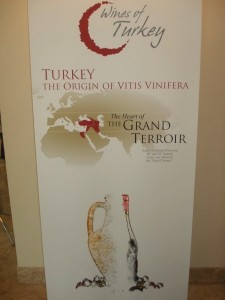
Our participation at EWBC was an excellent opportunity to get acquainted with wines of Turkey which are facing difficulties in finding their way to consumers, primarily owing to lofty prices. Namely, alcohol in Turkey is burdened by high tax and excise duties, so a bottle of wine costs 15-20 EUR on average. In restaurants, the price of this wine can soar to 60 EUR. Expensive even for tourists' budget!!! Apparently, wine in restaurants is ordered mostly when the cost of business lunch or dinner is covered by the company…
Program of the conference can be divided into three parts: Masterclass workshops dealing with wines of Turkey and the most common grape varieties, technical workshops and lectures related to improving functionality of websites, blogs and social media profiles, and lectures in the domain of online communications and marketing in wine industry.
During the first day of the conference, on 9th November, 2012, Joel Butler, MW, gave a Masterclass Workshop on indigenous Turkish grape varieties. Joel is an author of the book “Divine Vintage” , where he explored how wine became the center of spiritual life of the entire mankind. While exploring the Old and New Testament, Joel crossed 7000 km across the Middle East and the Biblical lands in order to discover how wine-making transformed ancient Middle East in the course of millennia and made impact on present-day religious rites and customs. At this workshop, Joel presented indigenous Turkish grape varieties which impressed us by the character of wines and diversity of styles despite their names that are pronounced with difficulty. This diversity can largely be explained by the fact that soil of west Turkey is composed primarily of limestone, central massif of Anadolia is of volcanic origin, with sparse patches of terra rossa. Also, the best vineyards are located at an altitude of 700-800 meters above sea level.
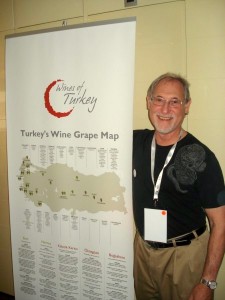
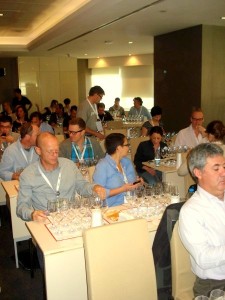
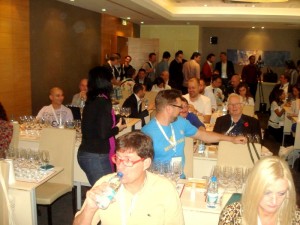
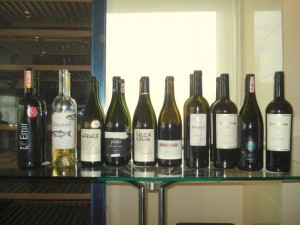
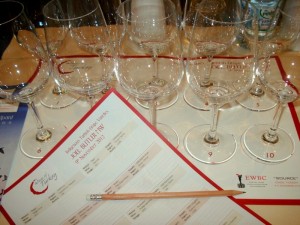
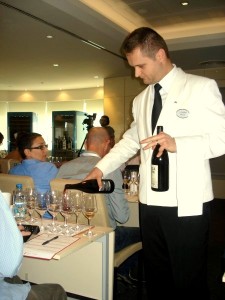
Concerning Turkish autochthonous varieties, we will present the following here:
-
Emir – vineyards planted with this white grape variety are located to the greatest extent in the vicinity of Nevshehir in Cappadoccia. The very name of variety (emir=lord, ruler) indicates that this variety was often found at the dining tables of local rulers. This wine is characterized by minerality and intense aromas of citrus and green apple and high acidity. Does not match with oak, no malolactic. For all the above said, this wine will strongly remind you of our Smederevka.
-
Narince – Turkish version of Sauvignon Blanc. Generally, these wines can age for 5-7 years without problems owing to good acidity. This is another variety which originates from Anatolia, and Turkish wine-makers often keep wines from this variety in oak barrels.
-
Kalecik Karası – Kalecik is a tiny village in Anatolia, 65km away from Ankara. Ruins of an ancient castle dominate the center of the village. Kalecik Karaci means “black grapes from the small castle". Its beautiful colour strongly resembles of Pinot Noir or Nebbiolo. Wines produced from this variety show exquisite identity and character as well as soft tannins, which make this wine quite popular among consumers in Turkey.
-
Öküzgözü –Although rather difficult to pronounce, this variety is quite common in Turkish vineyards (its name is derived from the fact that it has large, black berries that resemble a bull's eye). Wines produced from this variety are characterized by high acidity, low-to-medium alcohol content and medium body offering delicate bouquet and fruity aromas of raspberry, dark cherry and pomegranate, which make it a soft and easy-to-drink wine.
Throughout the conference days, on the fifth floor of Swissotel Grand Efes Hotel in Izmir (
http://www.swissotel.com/hotels/izmir/ ) , the most important Turkish wineries presented their wines to EWBC participants. We tasted wines produced by most of these wineries, but we were greatly impressed by wines coming from Paşaeli winery. As it is often said, wines actually reflect the character of its maker, therefore, we can recognize the character of the winery owner Seyit Karagözoğlu in his wines. Seyit represents the genuine image of modern Turkey – a friendly conversation with him simply exudes erudition, calm spirituality and intellect. A man of contemporary manners, proficient in foreign languages, yet with deep respect and pride on historic heritage of Turkey. And his wines are exactly the same – by implementing modern technology, wines are produced from Turkish autochthonous varieties with distinct identity, which will appeal to present-day consumers.
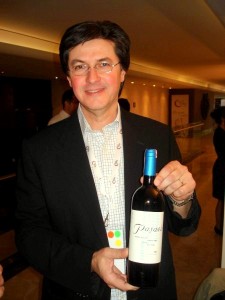
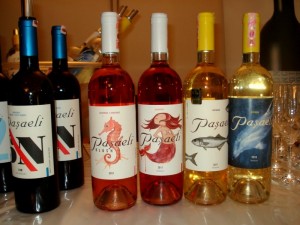
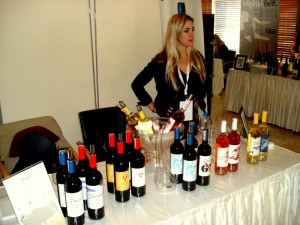
Wines of Paşaeli Winery are made from both local and international grape varieties, although I must admit that I was personally enchanted by wines produced from local varieties. Particularly by the wine made from white grape variety
Yapincak which is characterized by minerality and subtle flowery notes.
Grape variety
Çalkarası is gaining reputation in Turkey as a variety used for production of rose wines. First, we tasted Paşaeli Blush, rose wine made from 90% Çalkarası and 10% Karasakiz. In short, this wine can be easily described as lush wine with fruity aromas of strawberry and raspberry, which would appeal to Serbian consumers. Afterwards, the owner of Paşaeli Winery surprised us with another rose, more intensely coloured, made from 100% Çalkarası, where maceration lasted for about 14 hours. This resulted in a darker hue of rose wine, very much alike the colour of Serbian "Ružica" wine. Anyhow, this wine would perfectly match Turkish shish-kebab and other barbecue delicacies.
Therefore, when you travel next time to Turkey for your summer holidays, we warmly recommend that you look for wines of Paşaeli Winery in wine lists of hotels and restaurants in cities such as Antalia, Bodrum, Ceshme or Istanbul.
At the opening ceremony of the conference, all participants were welcomed by Andrew Jefford (British journalist, radio presenter, wine writer, Decanter magazine columnist), Randall Grahm (writer and owner of Bonny Doon Vineyard winery from California) and Christian Payne (professional photographer and social content creator).Andrew used the title of this year's conference “Source” to describe briefly what a blog or website should look like:”similar to the source, they mustn't dry out and should remain unpolluted”.
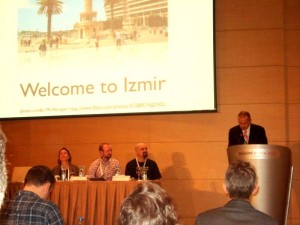
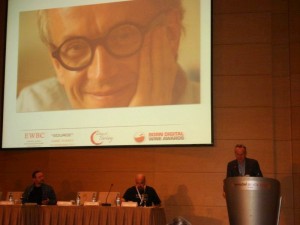
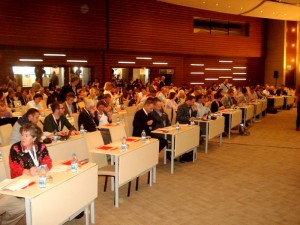
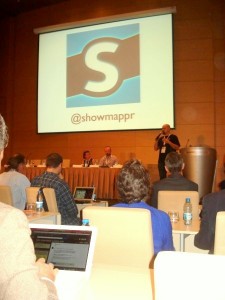
After a technical workshop on working with WordPress and blog or website administration, we had an opportunity during a lecture given by Maurizio Ugliano,PhD, director of enological research in Nomacorc, to consider a role of oxygen in the wine-making process and to compare various types of closures/corks depending on their permeability to oxygen, thus affecting the sensory profile and style of wine. Since Sauvignon Blanc is particularly sensitive to oxygen exposure, we got the answer why wines produced from this grape variety are always bottled with screw-cap closure in New Zealand because it is the only way to prevent detrimental effects of oxygen.
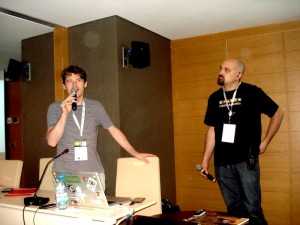
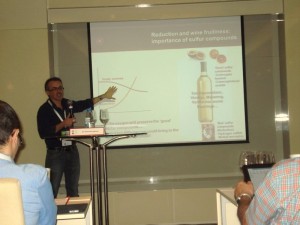
After the official part of conference planned for the first day, a surprise awaited all participants – dinner at a location which was skillfully kept a secret by organizers until the very moment of departure. Buses awaited participants in front of the hotel to take them to three mystery locations outside Izmir.
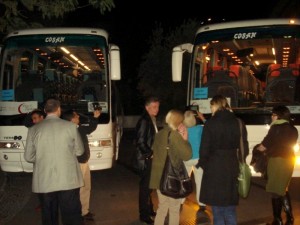
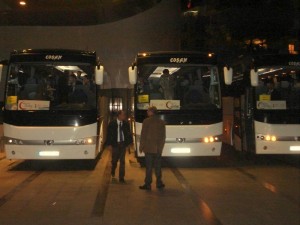
One of these mystery places was Isabey Winehouse – a restaurant and wine house located in the vineyards of Sevilen winery. Dinner in a beautiful setting with Turkish cuisine delicacies paired with Turkish wines.
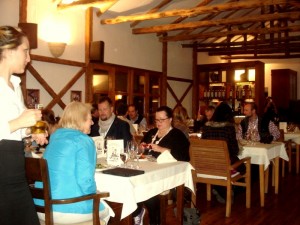
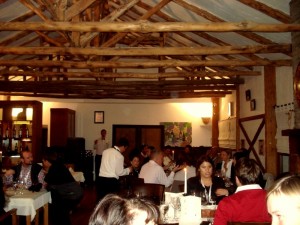
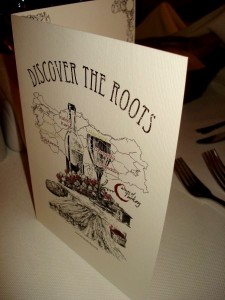
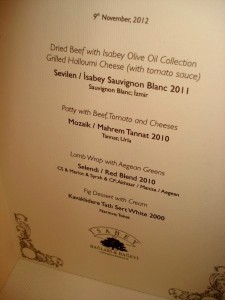
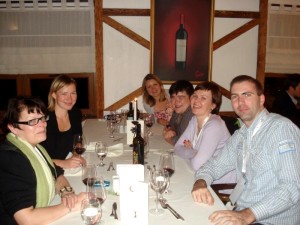
BACK TO CATEGORY
 For the first time in the history of EWBC, Serbia has joined the list of 40 countries which participate in the most important conference of wine bloggers, wine writers, social media managers in the domain of wine industry, wine critics and connoisseurs.
For the first time in the history of EWBC, Serbia has joined the list of 40 countries which participate in the most important conference of wine bloggers, wine writers, social media managers in the domain of wine industry, wine critics and connoisseurs.
























